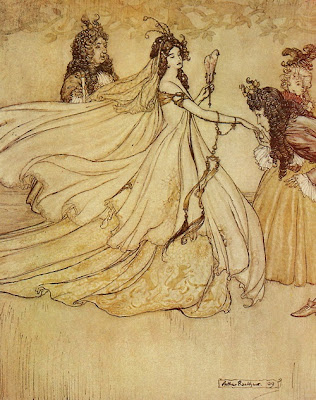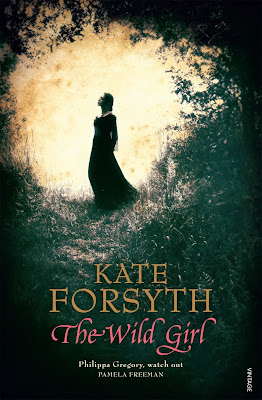Received from the Publisher
From the BLURB:
Where do you end up when you have nowhere to go, and no one to turn to?
Paul isn't thinking clearly. He's destroying everything that's important to him, and when he finally hurts the one person he cares about most, he runs away . . .
An extraordinary and heart-rending story of love, betrayal, addiction and hope.
Maybe it started back in Woollongong, when Paul’s mum packed them up and ran away from his dad . . . that was when Paul learnt to start letting things go. Even things he loved. They were on the run throughout Paul’s childhood, his mum forever paranoid that they’d one day bump into his old man, and Paul would be taken away from her.
And then one day they stopped running and returned to Woollongong. Because his dad was dead, and nobody was looking for them, for him.
Now fresh out of high school Paul’s life is going nowhere. He does drug drop-offs for his flatmates' older brother, and is slowly crawling towards addiction himself.
His one constant in life is his grandma, Hetty, his dad’s mum. After returning to Woollongong as a young boy he remembered the way to her house, and has been regularly dropping in on her ever since (without his mum knowing). Hetty gave Paul his most prized possession – his dad’s old guitar, and she is probably his favourite person in the world. She’s definitely one of the few remaining people who trust Paul, who haven’t cut him off.
But all that’s about to change, because Paul has just made the worst mistake of his life. There’s no going back, the only way is down.
‘Song in the Dark’ is a debut young adult novel from Australian author Christine Howe.
Don’t be fooled by this slim, 174-page book. This is not an easy read, nor should it be. Howe is exploring addiction; the spiralling destruction of addicts and those around them as we watch Paul sink lower and lower to rock bottom. This book is hard to read, and Howe writes beautifully and eloquently about something that is very, very ugly.
The book is told in third-person, a narration that is sadly unique to young adult books these days, but is perfectly attuned to this story in which Paul is so far removed from his life and actions that there’s no way he could tell this story himself. And it helps that there’s a bit of distance from the story– allowing Howe to give some cold details and illicit that horrified-bystander response from readers.
Howe delivers wonderful characterization in this nuanced story. The real trigger of Paul’s spiral is when he sells his father’s old guitar . . . it’s a small, material thing, but it bleeds into the larger story of how Paul was forced to abandon his father, and what it did to him when he had to stop hoping to ever be reunited;
Paul had spent whole afternoons waiting in the yard of each place they’d lived in up the coast, hoping his dad would find them. Every time they went to a new beach he’d scan the carpark, searching for his dad’s ute just in case. Once he thought he saw him in the surf, but when the tiny wetsuited figure paddled for a wave and stood up, urging the board across the face, he could tell it wasn’t him. After that, he stopped looking. The thought had knotted in the back of his mind, curling around on itself like a great tangle of fishing line – maybe his dad didn’t want to come back.
This is a story that’s set on quite a grey-scale. Paul is a loathsome human being for much of the book, but Howe also shows us explanations for his character. His mother took him and ran – she was driven by a paranoid need to keep her son and keep him on her side – but when she settled down into her second marriage, she all but forgot about Paul. He was a vulnerable young boy, and easy pickings for bad people who now control him through his addiction. ‘Song in the Dark’ is a story of many sides – and Howe doesn’t let any of her characters off the hook, or ever let readers think that their morality is black and white.
This is a tough book, and so it should be. Howe will challenge young readers as she explores the spiral of addiction, the complexity of betrayal and the fragility of hope. This is a raw and beautiful book, a stunning literary debut.
5/5
































